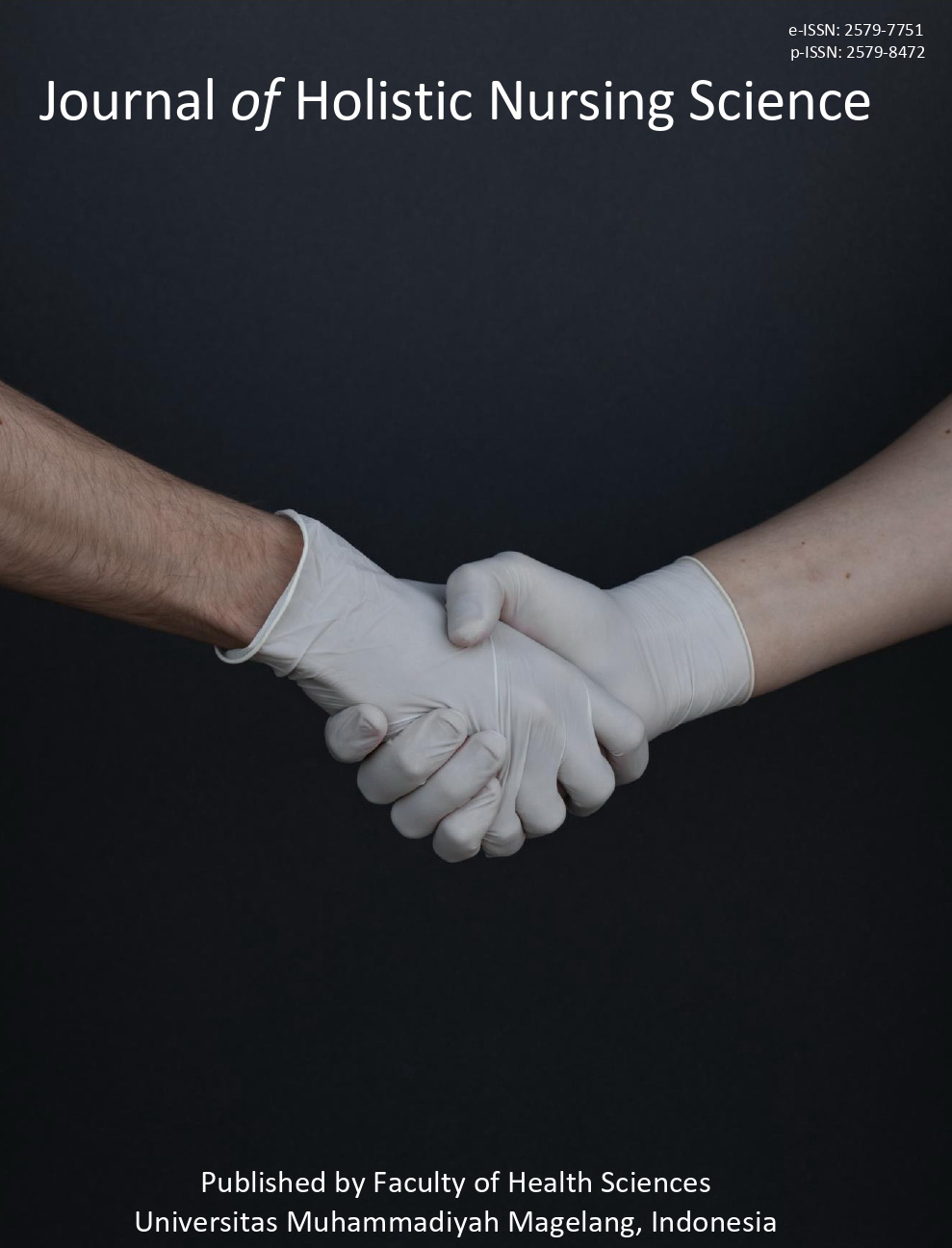A clinical review of early assessment for congenital hypothyroidism in newborns
Main Article Content
Abstract
Congenital hypothyroidism is a critical factor associated with stunting, as thyroid hormone deficiencies can impair growth starting in utero. Children with thyroid disorders, including conditions like hypoparathyroidism, often experience growth retardation due to congenital abnormalities and growth hormone deficiencies. For neonates, a lack of thyroid hormones can lead to long-term impacts, such as physical and mental disabilities, neurological disorders, and stunted growth. Early detection of congenital hypothyroidism is, therefore, essential and is typically part of newborn screening aimed at identifying congenital abnormalities. Implementing early screening protocols can diagnose and treat congenital hypothyroidism promptly, mitigating risks such as stunting and enabling better health outcomes for children. This literature review examines methods of early detection for congenital hypothyroidism across various global contexts. Three databases—PubMed, ScienceDirect, and Google Scholar—were searched using a systematic literature review approach, yielding five eligible studies with a combined study population of 920.441 newborns. These studies involved screenings for T4, TSH, 17-OHP, and G-6-PD, identifying hypothyroidism in 2.530 (27%) cases. Screening involved blood samples taken from the umbilical cord or heel within 48 to 72 hours after birth. Understanding early detection procedures for congenital hypothyroidism is essential for nurses, as it enables them to engage in early intervention and provide effective nursing care for affected infants. Early involvement can help prevent the adverse, long-term effects associated with congenital hypothyroidism, improving quality of life and supporting healthy growth trajectories for children at risk.
Keywords: Congenital hypothyroidism; literature review; nursing assessment; paediatric nursing; prevention
Downloads
Article Details

This work is licensed under a Creative Commons Attribution-NonCommercial 4.0 International License.
Authors who publish their articles in JHNS retain full copyright of their work. JHNS does not require authors to transfer their copyright to the journal or Universitas Muhammadiyah Magelang as the publisher. The authors grant JHNS a license for the first publication.
